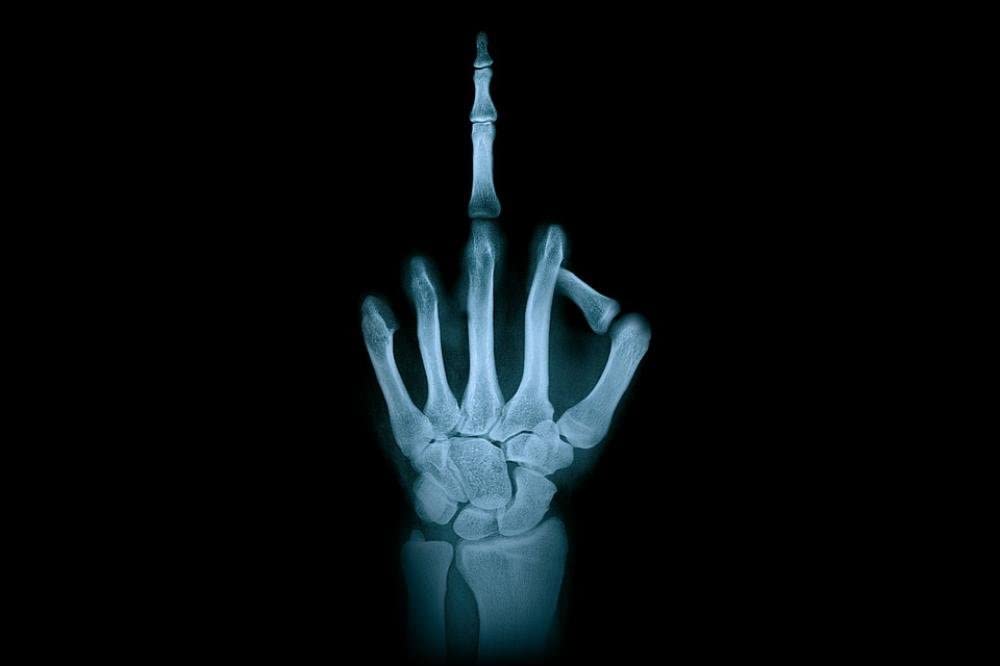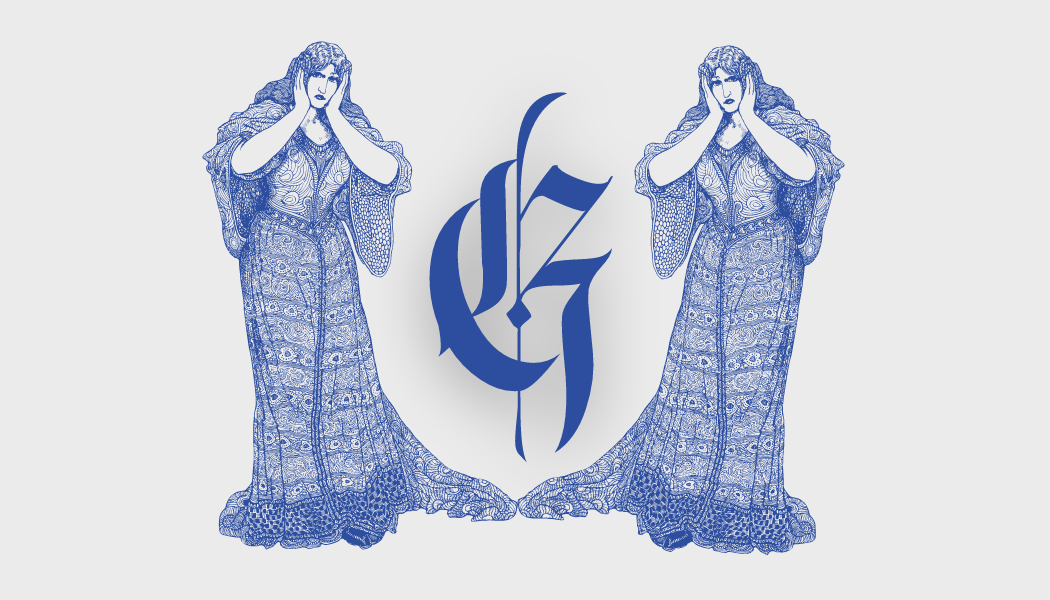Category: The Science
-

Isoleucine, Tryptophol, Sleeping Sickness, The Disulfiram Effect and One Trick Hypnotists From Hell
Isoleucine (symbol Ile or I) is an α-amino acid that is used in the biosynthesis of proteins. It contains an α-amino group (which is in the protonated −NH+3 form under biological conditions), an α-carboxylic acid group (which is in the deprotonated −COO− form under biological conditions), and a hydrocarbon side chain with a branch (a central carbon atom bound to three other carbon atoms). It is classified as a non-polar, uncharged (at physiological pH), branched-chain, aliphatic amino acid. It…
-

Biotin
BIOTIN Biotin is involved in a wide range of metabolic processes in humans and in other organisms, primarily related to the utilization of fats, carbohydrates, and amino acids. The name biotin, borrowed from the German Biotin, derives from the Ancient Greek βίοτος (bíotos; ‘life’) and the suffix “-in” (used in chemistry to indicate ‘forming’). AKA…
-
Tetramers and tetrameric protein
A tetramer is an oligomer formed from four monomers or subunits. The associated property is called tetramery. An example from inorganic chemistry is titanium methoxide with the empirical formula Ti(OCH3)4, which is tetrameric in solid state and has the molecular formula Ti4(OCH3)16. An example from organic chemistry is kobophenol A, a substance that is formed by combining four molecules of resveratrol. In biochemistry, it similarly refers to a biomolecule formed of four units, that are the…
-
Avidin is a tetrameric biotin-binding protein produced in the oviducts of birds, reptiles, amphibians
Dimeric members of the avidin family are also found in some bacteria. In chicken egg white, avidin makes up approximately 0.05% of total protein (approximately 1800 μg per egg). The tetrameric protein contains four identical subunits (homotetramer), each of which can bind to biotin (Vitamin B7, vitamin H) with a high degree of affinity and specificity. The dissociation constant of the avidin-biotin complex…
-

Albumen prints and egg whites…all the rage back in the day…and a few other things
The albumen print, also called albumen silver print, was published in January 1847 by Louis Désiré Blanquart-Evrard, and was the first commercially exploitable method of producing a photographic print on a paper base from a negative. It used the albumen found in egg whites to bind the photographic chemicals to the paper and became the dominant form of photographic positives from 1855 to the start…
-

p-Phenylenediamine (PPD) is a derivative of aniline used in kevlar, hair dye and henna substitutions among other things, the derivatives of which are used in antiozonants among other horrors
p-Phenylenediamine (PPD) is an organic compound with the formula C6H4(NH2)2. This derivative of aniline is a white solid, but samples can darken due to air oxidation.It is mainly used as a component of engineering polymers and composites like kevlar. It is also an ingredient in hair dyes and is occasionally used as a substitute for henna. Production PPD is produced via three routes. Most commonly, 4-nitrochlorobenzene is treated…
-
Von Willebrand factor (VWF) is a large multimeric glycoprotein present in blood plasma and produced constitutively as ultra-large VWF in endothelium (in the Weibel–Palade bodies), megakaryocytes (α-granules of platelets), and subendothelial connective tissue
Von Willebrand factor (VWF) is a blood glycoprotein that promotes hemostasis, specifically, platelet adhesion. It is deficient and/or defective in von Willebrand disease and is involved in many other diseases, including thrombotic thrombocytopenic purpura, Heyde’s syndrome, and possibly hemolytic–uremic syndrome. Increased plasma levels in many cardiovascular, neoplastic, metabolic (e.g. diabetes), and connective tissue diseases are presumed to arise from adverse changes to the endothelium, and may predict an increased…
-

Armour & Company (bad blood featuring Factor VIII product Factorate, Revlon, Stevie Nicks’ papa, poison soap, poison baby powder, a ghost town in Missouri involving CDC, EPA and the Crisco Kid, Hexachlorophene and something called 2,3,7,8-Tetrachlorodibenzo-p-dioxin) and some other bullshit
Armour & Company was an American company and was one of the five leading firms in the meat packing industry. It was founded in Chicago, in 1867, by the Armour brothers led by Philip Danforth Armour. By 1880, the company had become Chicago’s most important business and had helped make Chicago and its Union Stock Yards the center of America’s…
-
Ectodomain Shedding & Sheddases & a whole bunch of Adams
An ectodomain is the domain of a membrane protein that extends into the extracellular space (the space outside a cell). Ectodomains are usually the parts of proteins that initiate contact with surfaces, which leads to signal transduction. A notable example of an ectodomain is the S protein, commonly known as the spike protein, of the viral particle responsible for the COVID-19 pandemic. The ectodomain region of the…
-
TRALI or ARDS: A Medical Game of “Who’s Who?”
Welcome to the thrilling world of post-transfusion respiratory distress, where distinguishing TRALI from ARDS is like trying to tell apart identical twins wearing the same outfit. Strap in, folks – it’s time for a wild ride through the land of bilateral infiltrates and hypoxemia! First things first: TRALI, or Transfusion-Related Acute Lung Injury, is the…
-
Prenatal exposure to paracetamol/acetaminophen and precursor aniline impairs masculinisation of male brain and behaviour
Paracetamol/acetaminophen (N-Acetyl-p-Aminophenol; APAP) is the preferred analgesic for pain relief and fever during pregnancy. It has therefore caused concern that several studies have reported that prenatal exposure to APAP results in developmental alterations in both the reproductive tract and the brain. Genitals and nervous system of male mammals are actively masculinised during foetal development and…
-
Agrin is a large chimeric proteoglycan, a heparan sulfate and chondroitin proteoglycan, whose best-characterised role is in the development of the neuromuscular junction during embryogenesis
Agrin was originally found in the electric organ of Tarpedo california and in the basal lamina at the neuromuscular junction as a protein that directs the aggregation of acetylcholine receptors (AChR) and acetylcholinesterase (AChE) at synaptic sites. Tetronarce californica also known as the Pacific electric ray is a species of electric ray in the family Torpedinidae, endemic to the coastal waters of the northeastern Pacific Ocean from Baja California to British Columbia. It generally inhabits sandy flats, rocky reefs, and kelp forests from the surface…
-
Heparin-induced thrombocytopenia (HIT) is the development of thrombocytopenia (a low platelet count), due to the administration of various forms of heparin, an anticoagulant. HIT predisposes to thrombosis (the abnormal formation of blood clots inside a blood vessel).
When thrombosis is identified the condition is called heparin-induced thrombocytopenia and thrombosis (HITT). HIT is caused by the formation of abnormal antibodies that activate platelets, which release microparticles that activate thrombin, leading to thrombosis. If someone receiving heparin develops new or worsening thrombosis, or if the platelet count falls, HIT can be confirmed with specific blood tests. The treatment of HIT requires stopping…
-
Protamine sulfate is a medication that is used to reverse the effects of heparin and reported to cause allergic reactions in patients who are allergic to fish, diabetics using insulin preparations containing protamine, and vasectomized or infertile men
Protamine sulfate is a medication that is used to reverse the effects of heparin. It is specifically used in heparin overdose, in low molecular weight heparin overdose, and to reverse the effects of heparin during delivery and heart surgery. It is given by injection into a vein. The onset of effects is typically within five minutes. Common side effects include low blood pressure, slow heart rate, allergic reactions, and…
-
Although RES is commonly associated exclusively with macrophages, recent research has revealed that the cells that accumulate intravenously administered vital stain belong to a highly specialised group of cells called scavenger endothelial cells (SECs), that are not macrophages
In anatomy the term “reticuloendothelial system” (abbreviated RES), often associated nowadays with the mononuclear phagocyte system (MPS), was originally launched by the beginning of the 20th century to denote a system of specialised cells that effectively clear colloidal vital stains (so called because they stain living cells) from the blood circulation. The term is still used today, but its meaning has changed…
Recent Posts
- 🧬 Disease Table with Low Sodium Connection
- 🧂 Sodium Reduction and Sodium Replacement: A History of Reformulation and Exploding Diseases, Including Many Diseases Unheard of Before Deadly Sodium Policies
- 🧂 The DEADLY 1500 mg Sodium Recommendation predates the WHO’s formal global sodium reduction push by nearly a decade (and it’s even worse than that)
- 🧬 What Is Beta-Glucuronidase?
- When Sugar Was Salt: Crystalline Confusion and the Covenant of Sweetness
Tags
ADAM ASPARTAME Birds Blood Bones Brain Bugs Cancer Columba Cows crystallography Death Death cults Eggs Etymology Gastrin Gold Growth hormone History Hormones Insulin Liver Mere Perplexity Metal Monkey Business Mythology Paracetamol Plants Poison Pregnancy Protein Religion Reproduction Rocks Salt Slavery Snakes Sodium the birds and the bees Thiocyanate Tobacco Tylenol Underworld Venom zinc

